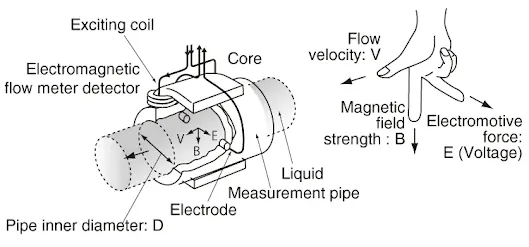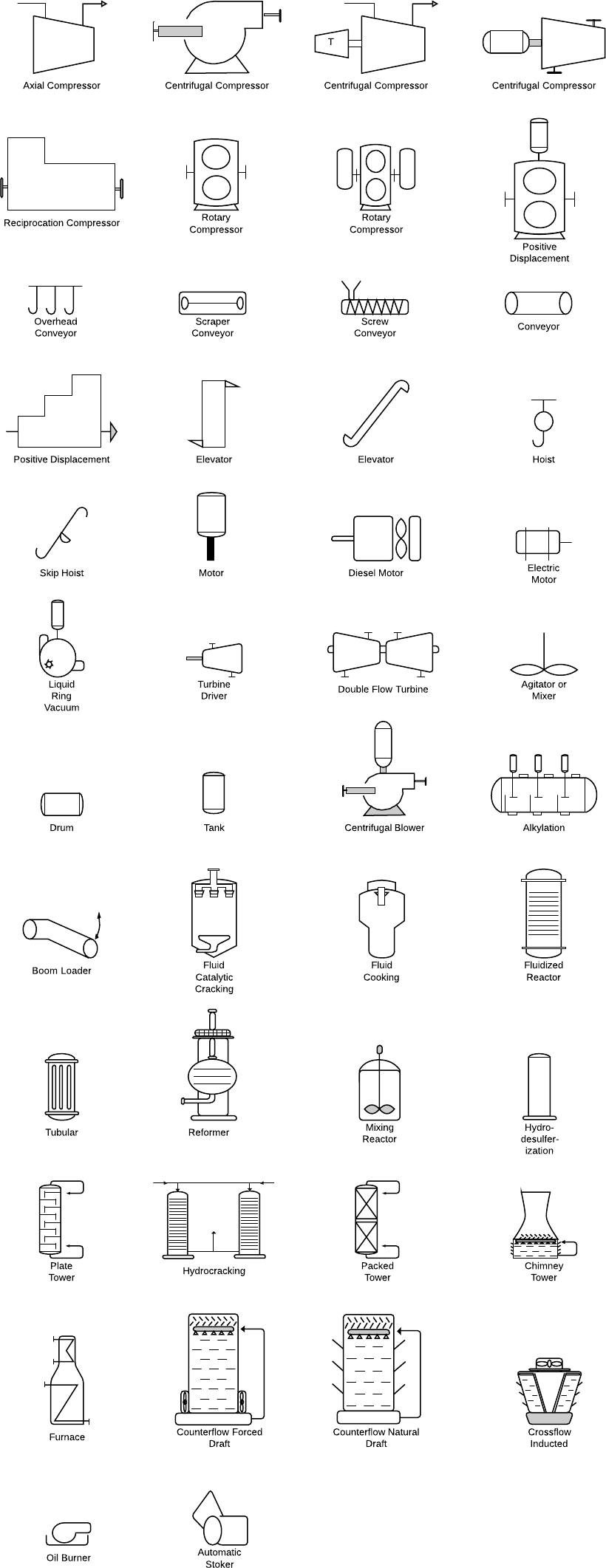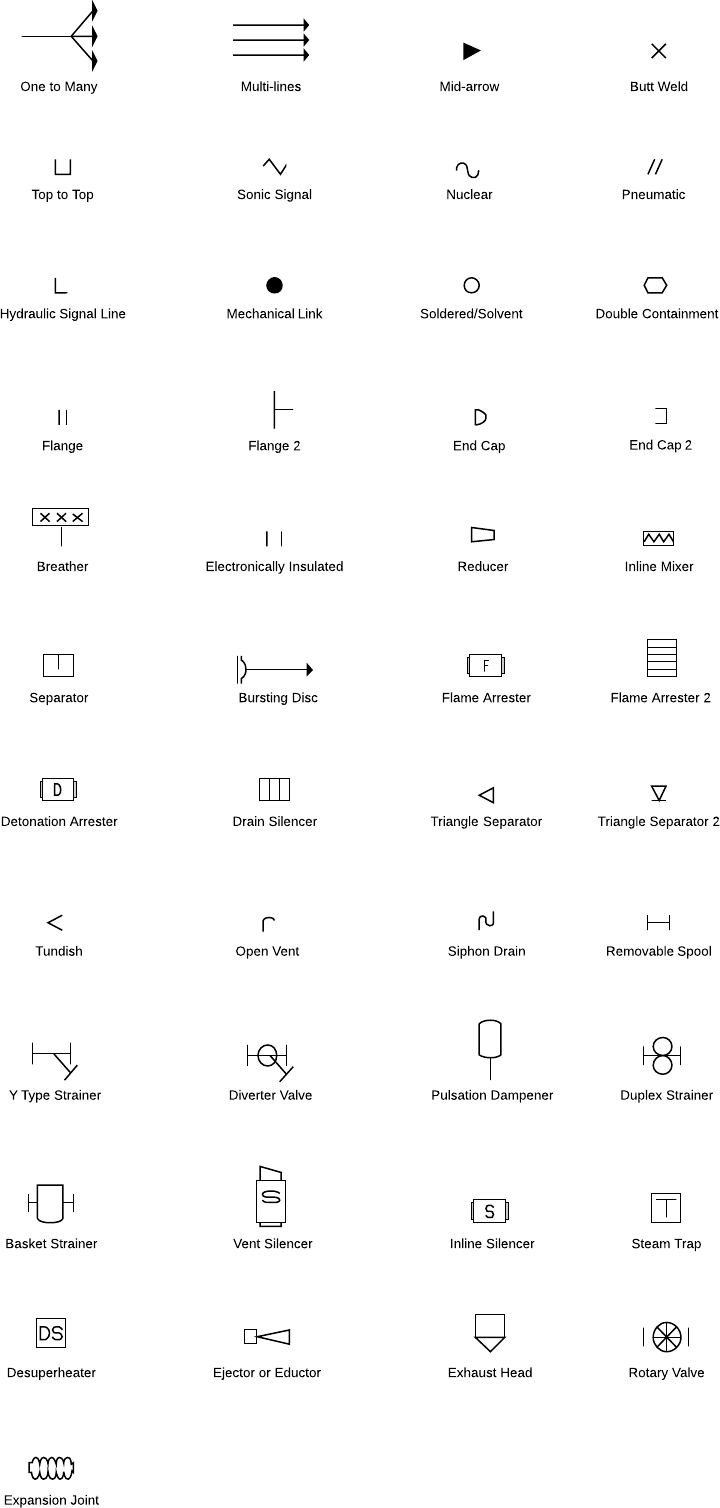pH METER PRINCIPLE:
A pH
meter is
a scientific instrument that measures
the hydrogen-ion activity in solutions, indicating
its acidity or basicity (alkalinity) expressed as pH
value. The principle of pH meter is the concentration of hydrogen ions in the
solution e.g. it is the negative logarithm of an hydrogen ion. The pH range of
solutions varies between 1 to 14, where 1 is the highest in acidic nature, and
14 is the highest in alkalinity.
Potentiometeric pH meter:
The pH meter measures the difference
in electrical potential between a pH electrode and the reference
electrode, that is why the pH meter is sometimes referred to as a
“potentiometric pH meter”.
pH meter diagram:
Calibration of pH Meter:
Calibration of pH meter is
a very important function that should be performed every day before performing
any test on the pH meter.
Preparation
of Standard Buffer
Buffer
Solution pH 4.00 (200C) Transfer the content of
buffer capsule or tablet pH 4.00 into a 100 ml volumetric flask. Dissolve in
about 80 ml of purified water, make up the volume to 100 ml with purified water
& mix.
Buffer
Solution pH 7.00 (200C) Transfer the content of
buffer capsule or tablet pH 7.00 into a 100 ml volumetric flask. Dissolve in
about 80 ml of purified water, make up the volume to 100 ml with purified water
& mix.
Buffer
Solution pH 9.20 (200C) Transfer the
content of buffer capsule or tablet pH 9.2 into a 100 ml volumetric flask.
Dissolve in about 80 ml of purified water, make up the volume to 100 ml with
purified water & mix.
Calibration
of pH meter:
Operate the pH meter
and electrode system according to the manufacturer’s instructions or according
to the applicable SOPs. All measurements should be made
at the same temperature of 20° to 25°. The apparatus is calibrated with the
buffer solution of potassium hydrogen phthalate (primary standard) (buffer pH
4.0) and one other buffer solution of different pH, preferably buffer pH 9.2.
The measured pH of a third buffer pH 7.0 must not differ by more than 0.05.
Calibration
Procedure:
·
The instrument is calibrated
to pH 4, 7 or 9.2 but remembers to calibrate pH 7 first.
·
Dip the electrode in standard
Buffer Solution of 7.00 pH value.
·
Measure the temperature of
the solution and place the temperature knob accordingly.
·
Bring the Function Switch of
pH Mode.
·
Adjust the “Calibrate”
control so that the display reads 7.00
·
Now again turn the Function
Switch into Standby Mode.
·
Remove the electrode from 7
pH buffer solution and wash it with distilled water, soak & dry it.
·
Put the electrode in 4 pH
buffer solutions.
·
Bring the Function Switch in
pH Mode and Adjust the “Slope %” (Right side of the instrument) so that the
display reads 4.00.
·
Remove the electrode from 4
pH buffer solution and wash it with distilled water.
·
Always keep the Function
Switch at standby Mode after measuring the pH value.
Procedure and operation of pH Meter
·
Ensure the
temperature of the Liquid being examined to 200-250C.
·
Immerse the
glass electrode in the liquid to be examined.
·
Turn off the
knobs to pH Checking & note.
·
When measuring
the pH above 10, ensure that the electrode is suitable for use under alkaline
conditions & apply any correction that is necessary.
·
Record the pH
of the solution used to standardize the meter and electrodes at the end of a
set of measurements. If the difference between this reading and the original
value is greater than 0.05, the set of measurements must be repeated.
Types of pH meters
1.
Traditional pH
Meter
2.
pen-like
devices
3.
pH strips
4.
Holographic pH
sensors
5.
Solid-state
electrodes pH Meter
6.
Voltmeter
display device.:
Frequently Asked Questions:
What is pH
meter and what is it used for?
A pH meter is a device used
for measuring the pH value of a solution. It consists of an electrode and
voltmeter.
What is
principle of pH meter ?
A pH meter is
a scientific instrument that measures
the hydrogen-ion activity in solutions, indicating
its acidity or basicity (alkalinity) expressed as pH.
The principle of pH meter is the concentration of hydrogen ions in the
solution.
What is the
best pH meter?
There are lots of pH meters
available in the market in India, the best pH meter may depend on the usage of
every individual, Somewhere a pen pH meter is best in use, whereas sometimes
conventional pH meters is more suitable. some good examples of pH meters are
as:-
Bluelab pH Pen Pocket Tester.
Hanna Instruments HI 9813-6N pH/EC/TDS Meter.
Bluelab Combo pH Meter.
Apera Instruments AI311 Premium pH Test Kit.
Oakton EcoTestr Pocket pH Meter.
What is full
form of pH?
The full form of pH is the
Potential of Hydrogen. It is a scale used to observe the acidity and alkalinity
of a solution. The acidic solution has a higher number of hydrogen ion H+ and
low pH.
What are the
types of pH meter?
Traditional pH Meter
pen-like devices
pH strips
Holographic pH sensors
Solid-state electrodes pH Meter
Voltmeter display device.
What is the
ph Meter definition?
Ph meter is scientific
instrument used to measure the pH value of a solution. It measure the pH value
by passing electric current through the measuring solution, and the electrode
registers the activity of electrons and protons presents in the solution that
posseses the pH value in number from 1 to 14.
What is
digital pH meter?
Digital pH meter is broad
term to define a class of pH meter. Those pH meters which shows the pH value
instantly after dipping its knob in solution are called digital Ph Meter, they
may digital ph meter with electrode or portable dry pH meters
Why P is
small in pH value?
p is in the small letters because it refers to a word that is
power, and H is in capital letters that refers to molecule Hydrogen. The pH
term arrived from a French term puissance
d’Hydrogen that means “power of Hydrogen” ion. In another theory,
“pH” stands for the Latin
terms pondus
hydrogenii (quantity of hydrogen) or potentia hydrogenii (power
of hydrogen).
SUMMARY:
pH meter is an
essential part of the chemical industry, Food Industry, Pharmaceutical Industry, and Agriculture sector. It allows
us to know the nature of the solvent and therefore provides insights to take
further actions accordingly. If a product has low pH then the manufacturer can
raise its pH with some alkali solutions.
However, the pH meter looks like a very simple scientific instrument but its
functionality puts it at the top position of Chemio-physics instruments. pH
meter is a physics instrument but its working is chemistry oriented.









